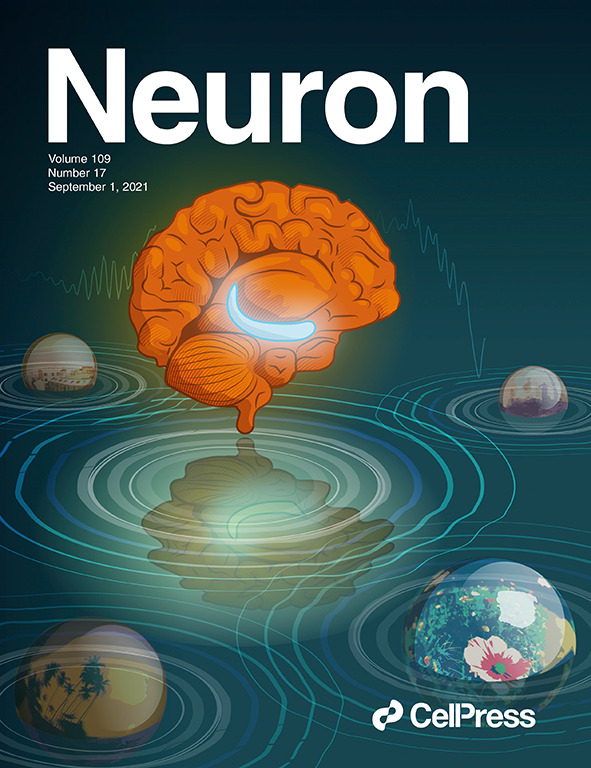解锁表观基因组:皮质发育中的单细胞组蛋白谱。
IF 15
1区 医学
Q1 NEUROSCIENCES
引用次数: 0
摘要
Ditzer等人使用基于飞行时间的单细胞细胞术进行表观遗传分析,分析了人类初级皮层和皮质类器官中的组蛋白修饰,揭示了染色质状态,特别是H3K27me3如何控制神经祖细胞的命运。这项研究强调了多重表观基因组学在理解人类大脑发育方面的潜力。本文章由计算机程序翻译,如有差异,请以英文原文为准。
Unlocking the epigenome: Single-cell histone profiling in cortical development.
Ditzer et al. used single-cell cytometry by time-of-flight-based method for epigenetic analysis to profile histone modifications in the primary human cortex and cortical organoids, revealing how chromatin states, particularly H3K27me3, govern neural progenitor fate. This study highlights the potential of multiplexed epigenomics in understanding human brain development.
求助全文
通过发布文献求助,成功后即可免费获取论文全文。
去求助
来源期刊

Neuron
医学-神经科学
CiteScore
24.50
自引率
3.10%
发文量
382
审稿时长
1 months
期刊介绍:
Established as a highly influential journal in neuroscience, Neuron is widely relied upon in the field. The editors adopt interdisciplinary strategies, integrating biophysical, cellular, developmental, and molecular approaches alongside a systems approach to sensory, motor, and higher-order cognitive functions. Serving as a premier intellectual forum, Neuron holds a prominent position in the entire neuroscience community.
 求助内容:
求助内容: 应助结果提醒方式:
应助结果提醒方式:


